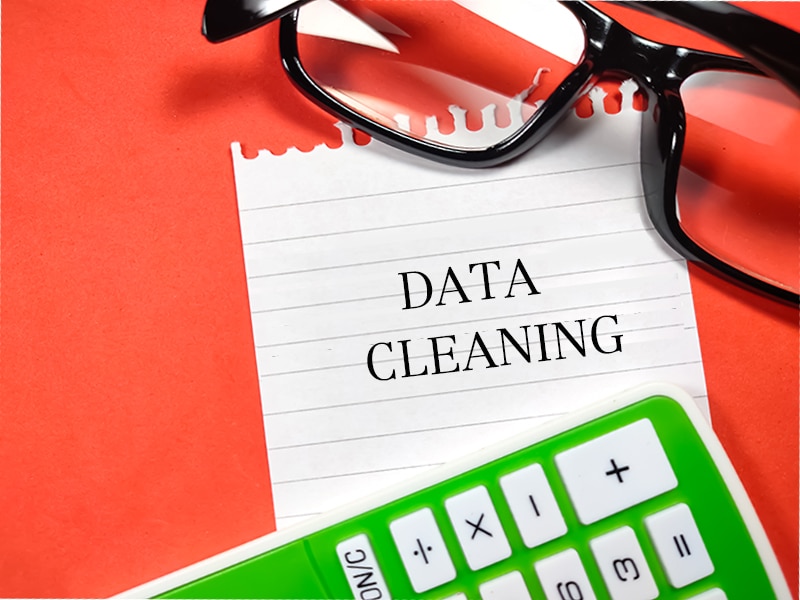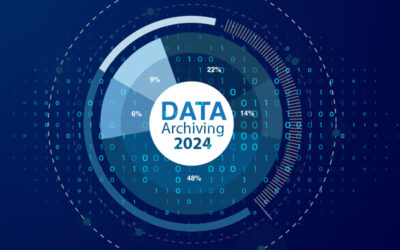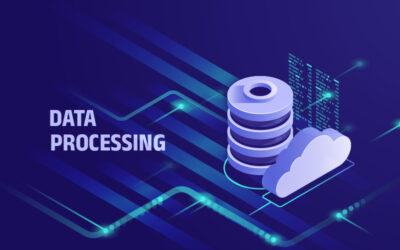Modern businesses are built on data, which powers critical decision-making and provides insightful information. The accuracy and quality of the data can have a significant impact on how data analysis and machine learning models perform. Your analysis and any other downstream processes are only as good as the data you start with, regardless of the type of data analytics you’re conducting. Before you start your research, the majority of raw data, including text, photos, videos, and frequently even data contained in spreadsheets, needs to be properly cleaned and structured as they are usually formatted incorrectly, incomplete, or plain dirty. The process of transforming unstructured raw data into a clean, organized form is known as data preparation. Data cleaning is a crucial procedure that maintains data integrity, increases the overall success of data-driven activities, and lies at the core of data preparation. Therefore, it is important for enterprises to invest in reliable data cleansing services.
What Is Data Cleansing and Data Preparation?
Data cleansing is the process of finding duplicate, insufficient, or incorrect data in your dataset and fixing or eliminating it. Eliminating errors from your dataset would enhance the quality of your data and guarantee reliable analysis, which is essential for making wise decisions. Data preparation is the process of data cleaning and converting raw data before processing and analysis. It is a crucial phase that frequently entails data reformatting, data corrections, and the mixing of data sources to enrich data.
Importance of Data Cleansing and Preparation
The effectiveness of data analysis depends on the quality of the input data. For businesses, faulty data can result in inaccurate interpretations, skewed insights, and poorly informed choices that could have expensive repercussions.
Effective data preparation and data cleansing improve data quality, allowing analysts to derive insightful and useful information. Clean data helps with accurate trend analysis, precise consumer profiling, and more reliable market segmentation, giving a strong platform for strategic planning and forecasting. It also lays the path for effective machine learning models, which depend on reliable data to make reliable predictions.
To ensure compliance with data protection laws, it is important to prepare and clean your data. Businesses can comply with legal obligations, safeguard themselves from potential data breaches, and avert legal ramifications by removing sensitive information or anonymizing data.
Data Cleansing Techniques and tips
As mentioned above, data preparation is gathering, cleansing, and compiling data into a single file or data table, typically for analytical purposes. So, here are a few tips and techniques for data cleansing.
- Delete any information that is not relevant: You must first decide what analysis you’ll perform and what your downstream requirements are. Decide which queries you want to address or which issues you want to resolve. Look carefully at your data to determine what is important and what you might not need. Remove information or observations that are not pertinent to your needs. You should also think about deleting elements like hashtags, URLs, emoticons, HTML tags, etc. unless they are essential to your research.
- Double-check your data: Data duplication is common if you are gathering information from several sources or departments, using data that has been scraped for analysis, or collecting information from numerous surveys or clients. Duplicate records increase storage needs and slow down analysis. Perhaps more significantly, if you train a machine learning model on a dataset that contains duplicate outcomes, the algorithm will probably give more weight to the duplicates, depending on how frequently they have been copied. For outcomes that are well-balanced, they must be eliminated. Due to the ease with which AI systems can identify duplicate records, even simple data cleaning technologies can be useful in the deduplication of your data.
- Correct structural issues: Misspellings, inconsistent naming standards, erroneous capitalization, misuse of certain words, etc. are examples of structural faults. These can skew analyses because, even though they may be clear to humans, the majority of machine learning programs wouldn’t catch the errors. To make sure that computers can interpret them, information such as dates, addresses, phone numbers, etc. must be standardized.
- Address any missing data: To find empty text boxes, missing cells, unanswered survey questions, etc., scan your data or put it through a cleaning application. You must decide whether everything associated with this missing data such as a complete column or row, a complete survey, etc. should be completely destroyed, individual cells should be manually inputted, or everything should be left as is. The analysis you want to do and the way you want to preprocess your data will determine the best course of action to handle missing data. In some cases, you can even reorganize your data to ensure that your analysis is unaffected by the missing numbers.
- Remove outliers from the data: Outliers are data points that deviate significantly from the norm and may cause your research to be overly biased in one direction. For instance, if you’re averaging a class’s test results and one kid doesn’t answer any of the questions, the impact of his or her 0% would be significant. In this situation, you ought to think about completely eliminating this data point. Results could be “actually” a lot closer to the average as a result of this. The final analysis need not be accurate merely because one figure is substantially smaller or greater than the other values you’re evaluating. Just because an outlier exists doesn’t imply it shouldn’t be taken into account. It’s important to think about the type of analysis you’re performing and how maintaining or deleting an outlier would affect your findings.
- Verify your data: The final step in data cleansing, data validation verifies your data’s authenticity and confirms that it is accurate, consistent, and formatted correctly for usage in subsequent steps.
- Is the data you have adequate for your needs?
- Is it consistently formatted in a style or dialect that your analysis tools can understand?
- Before analysis, does your clean data immediately support or refute your theory?
Verify that your data is consistently formatted and clean enough for your needs. Make sure all relevant data items are cross-checked to ensure there are no errors or omissions.
Best Tips to Ensure Clean Data
- Establish a proper procedure and follow it consistently: Create a data cleaning method that works for your data, your requirements, and the analysis tools you’ll be using. Since this is an iterative process, you must adhere strictly to your predetermined stages and methods for all subsequent data and analysis. It’s crucial to keep in mind that, despite being time-consuming, data cleaning is necessary for your operations. If you don’t begin with clean data, you’ll surely regret it later when your analysis yields “garbage results.”
- Apply tools: You can utilize a variety of useful data cleaning tools to aid the process, ranging from simple and free to sophisticated and machine learning enhanced. Find out which data cleaning tools are ideal for you by doing some research. There are excellent tools available for both coders and non-coders alike. If you know how to code, you can construct models for your particular needs. Look for tools with effective user interfaces so you can easily test your filters on various data samples and preview their effects.
- Pay attention to mistakes and follow the source of any contaminated data: Track and note typical problems and patterns in your data so you may determine the appropriate cleaning methods to apply to data from various sources. Integrate analytic tools you frequently use, and this will save you precious time and make your data even cleaner.
Maximize the potential of your data analysis today with clean and accurate data.
Data analysis requires both data preparation and data cleansing. They serve as the cornerstone for effective data-driven decision-making by guaranteeing the quality, accuracy, and relevance of the data. Organizations can harness the full potential of their data by investing in a professional data cleansing company, enabling strategic decision-making that will help advance the business in today’s competitive environment.




